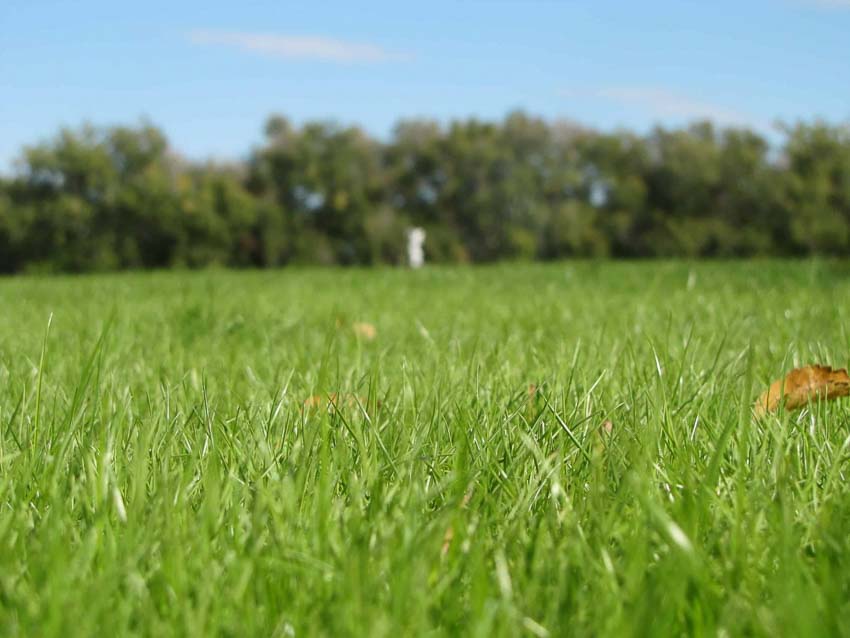Ideally suited to northern areas, fescue grass is a cool season, clump-forming perennial grass composed of several main varieties. Originating in Europe, it is now well established across the United States, albeit more heavily concentrated in the North and Midwest. Although botanists have identified 450 species of fescue grass, the main varieties used in lawns and gardens are tall fescues and fine fescue. Surprisingly, how to grow fescue grass doesn’t differ all that much between species.
What is Fescue Grass?
Tall Fescue grass (also known as Festuca arundinacea, Schedonorus arundinaceus, or Lolium arundinaceum) is suitable for northern and central areas. It’s an adaptable and forgiving grass that will variously tolerate cold, shade, and periods of drought. It features broader leaves with a coarse texture.
Fine fescue incorporates a number of varieties, such as strong creeping red fescue, slender creeping red fescue, Chewings fescue, hard fescue, and sheep fescue. This type is ideal for the central belt and southern regions.
It is gray-green in color and has a finer leaf blade than the darker green tall fescue. Now that we know what fescue grass is, we can talk about how to grow it.
Why choose tall fescue?
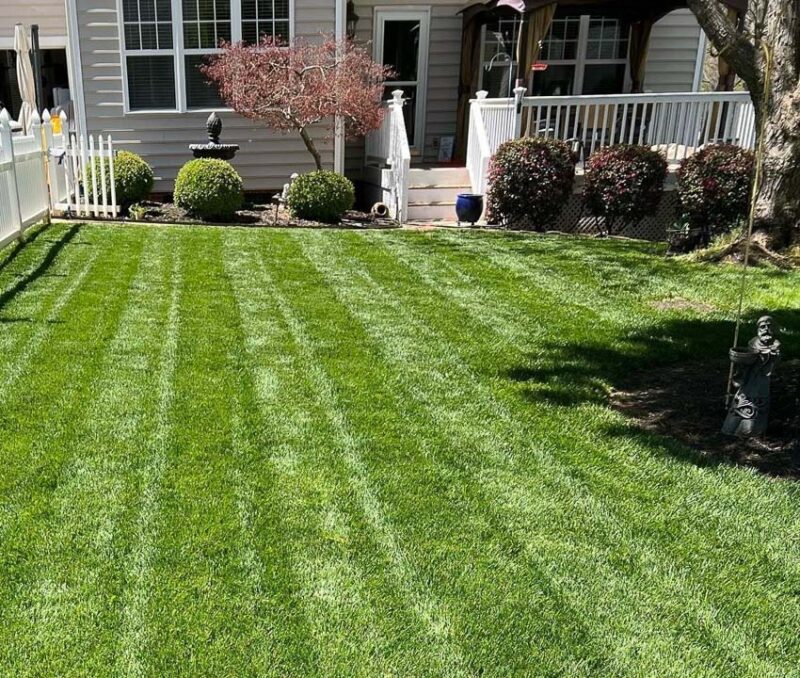
Fescue grass is a disease-resistant, low-maintenance grass. It originated in the U.S., as a pasture grass but has been adapted over the years to create a robust and resilient lawn grass.
Tall fescue is suitable for high-traffic areas, such as baseball fields, commercial sites, and homes with pets and children. A lot of tall fescue lawns grow the Kentucky 31 type of grass.
This grass type’s thick blades can withstand a lot of wear and tear. Its deep roots reach down to access nutrients and water, making it a drought-resistant grass with low fertilizer needs.
Because of the way the grass grows in clumps, it is also resistant to thatching. People choose tall fescue grass as it is economical, durable, and tolerates a range of climate conditions.
Choose tall fescue if:
- You live in growing zones 3-6
- Your area suffers occasional droughts
- There are pets in your household
- Children use your lawn
- You use your lawn as a social space
- Your lawn regularly gets full sun or dappled shade
- There is mostly clay soil in your region
When to grow fine fescue grass
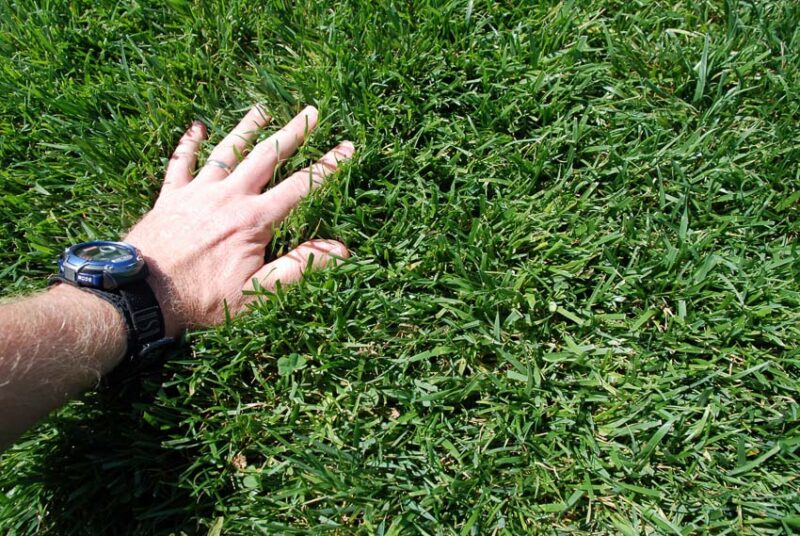
Fine fescue is not a single species, as tall fescue is. The most common types of fine fescue include:
- Chewings fescue (Festuca rubra ssp. commutata Gaudin)
- Creeping red fescue (Festuca rubra)
- Hard fescue (Festuca trachyphylla)
- Sheep fescue (Festuca ovina L.)
These different species suit different needs. For example, the fine textured Chewings fescue is a drought- and frost-resistant variety, with dark green, stiff, blades that stand upright.
Slow-growing creeping red fescue grass is more shade tolerant. It is good for filling gaps in lawns because its rhizomes enable it to spread.
Hard fescue does not grow as densely, but has a high tolerance for most conditions and requires less fertilizer. It is also useful for preventing soil erosion, as its deeper roots bind the ground. For this reason, it is often used in golf course roughs.
Sheep fescue also binds the soil and can improve its qualities.
Choose fine fescue if you:
- Live in growing zones 4-10
- Have a lawn with a lot of shady areas
- Are reseeding and want a fast-growing lawn
- Prefer a more closely clipped lawn
- Don’t normally experience extreme weather
- Have little foot traffic on your lawn
- Want a smoother texture
- Have sandy or poor soil
How to grow fescue grass
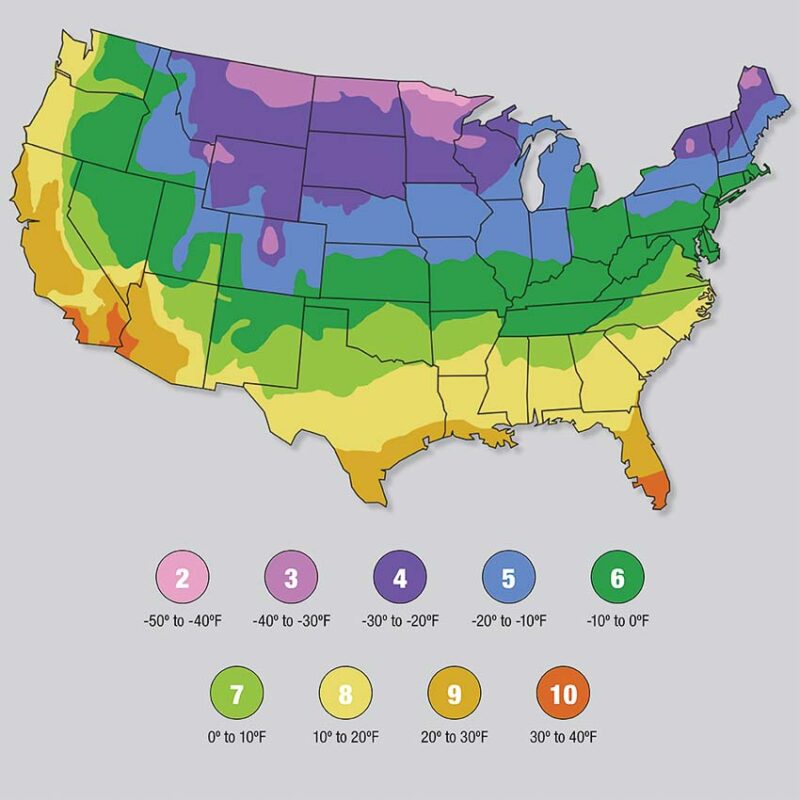
When to sow fescue seeds
Ideally, fall is the best sowing season. This is when temperatures are 60-65F.
You can also seed and grow fescue grass in the spring, but wait until the soil has warmed sufficiently. Both seasons generally bring more rainfall enabling your seedlings to get off to a good start. Spring may come earlier in some zones, so check locally for your frost-free calendar.
Typically, fescue seeds take around 14-21 days to germinate. Seedlings then take a while to bed in before mowing can begin. Once the grass blades are growing, be sure to mow regularly.
During dry and hot months, fescue grass can sometimes need reseeding, to cover bare patches.
Soil preparation
Make sure the area is free of weeds and debris. If using a herbicide, administer it well in advance and closely follow the instructions before cultivating the ground.
Ideally you should test the soil before sowing. Tall fescue is a more PH-tolerant grass than fine fescue. It grows best within a PH range of 5.5-7.5. Fine fescue grass is happier to grow in the 6-6.5 range.
Rake the ground, making sure it is even and level. It’s often a good idea to mark out measurements when starting a new lawn. This can be done with canes and string and will ensure you seed the right amount for the area.
Check on the seed packet for the correct distribution level.
Sow the seeds and then rake over the area again so that you bury them under about a quarter inch of soil. Then for best results, follow over with a roller.
Watering newly-sown fescue grass
As seedlings become established they need frequent watering. This can sometimes be necessary several times a day to keep the top inch of soil moist.
Once they are nicely settled in, reduce the watering frequency but increase the volume, so the roots get a good drink. All this varies, depending on the rainfall in your area. You can then use your normal watering regime, again adjusted for your region and local weather conditions.
Although the long roots of fescue grass make it heat and drought resistant, you will still need to water your lawn occasionally. Water early in the morning, so the moisture does not evaporate too quickly.
Don’t overwater and waterlog fescue grass while growing it. This can lead to yellowed leaves and sudden growth of weeds. Conversely, under-watering can result in spiky leaves.
Protecting your new lawn after sowing
Fescue grass makes a resilient and durable lawn. However, in the first year of growth, it makes sense to keep traffic to a minimum, to allow it to establish itself.
Fescue grass mowing guide
Tall fescue grass should be mowed between 2-3 inches, taking a third of the growth off. Cut fine fescue grass lower, at about 1.5 to 2.5 inches.
During drought conditions, leave both types of grass a little higher. Around 3-4 inches will help conserve water and provide shade for the roots.
Do I need to fertilize fescue grass?
Because fescue grass has roots that penetrate up to three feet deep, it can access the nutrients from the deeper soil, thus reducing the need to fertilize. However, ultimately it’s down to you.
If you do wish to fertilize, do this in spring or fall. Aerate the lawn first to allow the fertilizer to penetrate through the fescue grass into the ground so it promotes growth.
It’s best to use a slow-release fertilizer that delivers nutrients over a period of time. Look for a product with high nitrogen and low phosphorus. Be careful not to over-fertilize because this will promote excessively thick growth.
You can also use the grass clippings as mulch. This will be a more organic and economical way to add nutrients to your lawn.
Are weeds a problem for fescue grass?
The thick grass blades and dense growth patterns tend to repel weeds. However, if bare patches appear in summer, look out for weed growth and pull them out as soon as possible, ensuring you get the roots too.
Reseed any gaps, making it hard for weeds to find a space to grow.
What other issues can fescue grass have?
Fine fescue grass is fairly susceptible to diseases related to lawns becoming waterlogged. After periods of high rainfall, you may notice brown patches, slime, mold, and even mushrooms.
Make sure you bag up the clippings of the first cut, as this can also cause mold.
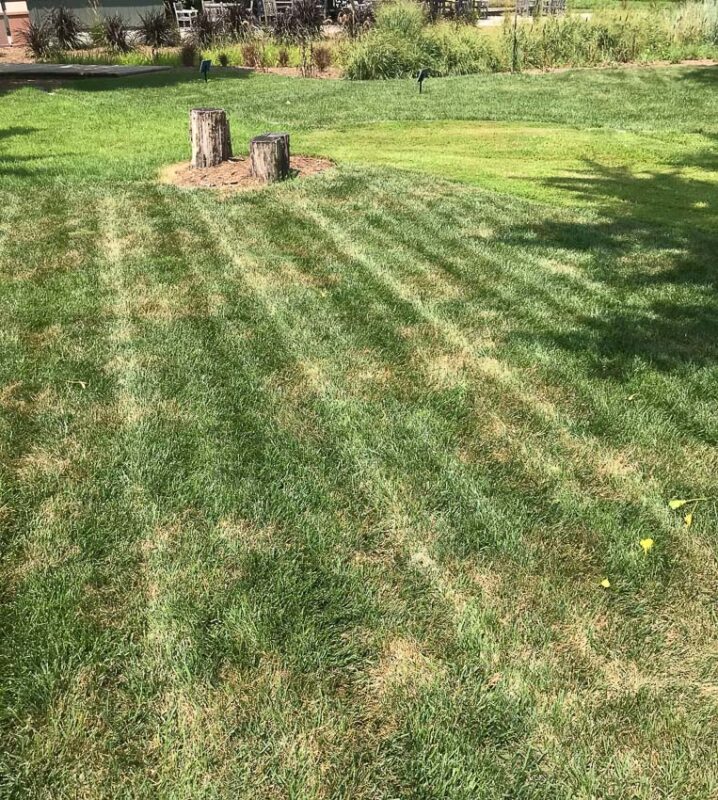
Tall fescue grass might get leaf rust in very hot conditions. Above 85F and below 50F it may go dormant. In cold weather, the grass may also go brown.
Of course, grubs, moles, and other animals like groundhogs can be a problem on lawns of any kind.
How to grow fescue grass: A seasonal guide
Jobs for spring: March-May
As always, don’t forget spring is a moveable feast and may start earlier in your region.
- Mow the lawn as soon as spring growth begins.
- Fertilize before temperatures reach 55F.
- Seed any bare areas–ideally the best temperature for this is 50-65F.
- Apply herbicide if you use it.
- Water regularly–one inch per week is best, including rainfall.
Summer jobs: June-August
- Mow. As it gets hotter, increase the height of the grass to 3-4 inches.
- Water. Increase water supply to make up for lack of rainfall.
- Pest Control. You may want to use a proprietary product.
- Test the soil. Make any necessary amendments to create the right PH level.
Jobs for fall: September-November
- Mowing. Decrease the length of the grass to 2-3 inches. In northern regions, stop mowing when grass becomes dormant. If you live in warmer southern areas, continue while the grass is still growing.
- Aerate. Fall is the best time to do this.
- Weed and feed—about 6-8 weeks before the first frost.
- Seed and overseed. (Wait to weed and feed until spring).
- Water northern lawns about one inch every two weeks, and southern lawns an inch a week.
- Keep tidy. Rake and clear leaves and other debris.
Jobs for winter
- Maintain your lawn by keeping it clear of debris and making sure it gets an inch of water if rainfall is low.

